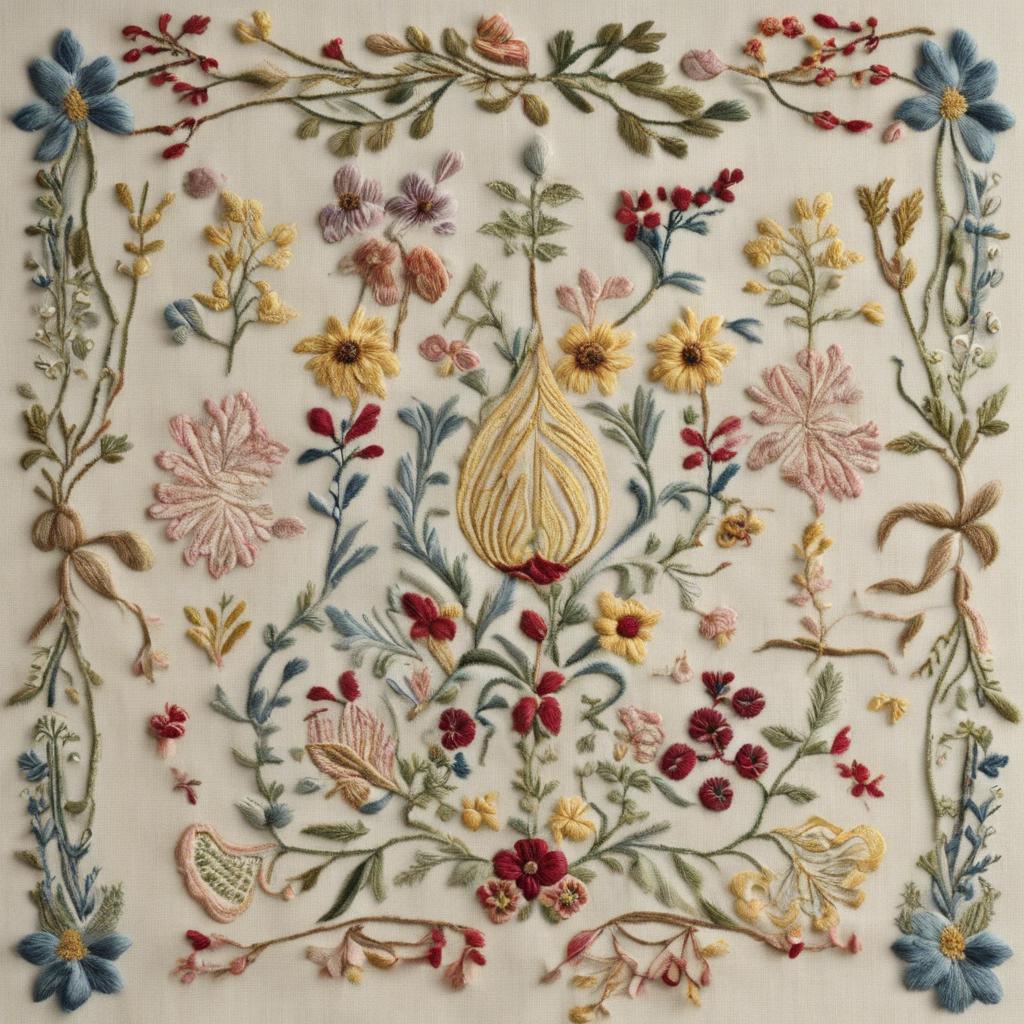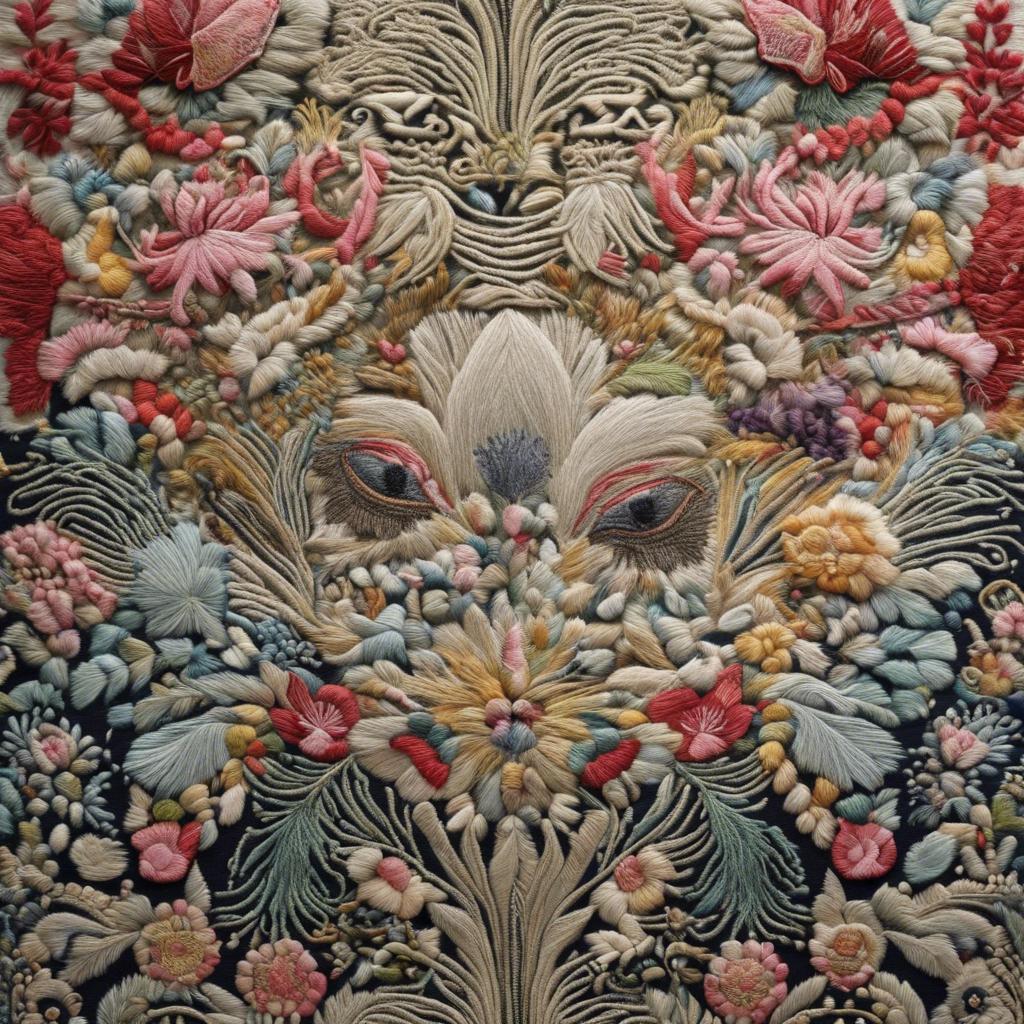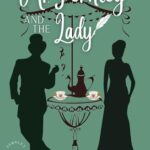Regency embroidery, a delicate and refined art form that flourished during the early 19th century, epitomizes the elegance and grace of the Regency era. From intricate floral motifs to elaborate stitch work, this form of needlework captured the refined sensibilities of the era’s aristocracy. Delving into the intricate history and techniques of Regency embroidery provides a glimpse into the opulence and sophistication of this bygone era.
Step Into the World of Cheryl Bolen
Dive into the enchanting stories of love, intrigue, and elegance set in the Regency Era. Cheryl Bolen's novels offer timeless romance and captivating tales that will leave you wanting more.
Explore Cheryl Bolen's Books Now
Introduction to Regency Embroidery Techniques
Embroidery during the Regency era was highly intricate and detailed, showcasing the craftsmanship and artistry of the time. There were various techniques used by skilled embroiderers to create stunning pieces that adorned clothing, accessories, and home decor. Some of the most popular Regency embroidery techniques included:
- Crewel Work: A type of embroidery using wool yarn on linen fabric, often featuring floral motifs and intricate designs.
- Whitework: Embroidery done with white thread on white fabric, creating a delicate and elegant look.
- Stumpwork: Three-dimensional embroidery where certain elements are raised from the surface using padding techniques.
During the Regency era, embroidery was not only a form of art but also a means of self-expression and creativity. Women would spend hours meticulously stitching intricate designs onto fabric, creating exquisite pieces that were highly prized and sought after. Embroidery was a way for individuals to showcase their skills and talent, as well as their social status and refinement.
The Regency period was known for its elegant and refined fashion, with embroidery playing a significant role in enhancing the beauty of clothing and accessories. Embroidered shawls, handkerchiefs, and ball gowns were all the rage during this time, with women of all classes indulging in the art of embroidery. Whether done professionally or as a hobby, Regency embroidery techniques continue to inspire and amaze us with their timeless beauty and intricate detail.
The Fine Art of Tambour Work in Regency Embroidery
is a skill that requires patience, precision, and a keen eye for detail. This technique, which originated in India and was popularized in England during the Regency era, involves creating intricate designs using a small hook to stitch beads, sequins, and thread onto fabric. Tambour work was highly prized for its delicate beauty and was often used to embellish garments, accessories, and household items.
One of the key characteristics of Regency embroidery is the use of fine materials such as silk thread, delicate lace, and shimmering beads. These luxurious materials were often reserved for special occasions and were favored by the fashionable elite of the time. Tambour work allowed artisans to showcase their skill and creativity, creating elaborate designs that reflected the latest trends in fashion and design.
For those interested in learning the art of tambour work, there are a variety of resources available, including online tutorials, workshops, and books. By practicing this traditional embroidery technique, modern artisans can connect with the rich history of Regency embroidery and create their own beautiful and timeless designs.
Exploring Intricate Regency Stitches and Patterns
Intricate Regency stitches and patterns were a hallmark of the elegant and sophisticated embroidery styles of the early 19th century. During the Regency era, embroidery was more than just a craft; it was a form of artistic expression and a way to showcase the creativity and skill of the embroiderer.
Regency embroidery featured a wide variety of stitches and patterns, each more intricate and detailed than the last. Some of the most popular stitches used during this time period included: chain stitch, cross stitch, satin stitch, and french knots. These stitches were often combined to create elaborate floral motifs, geometric designs, and delicate borders.
| Stitch | Description |
|---|---|
| Chain Stitch | A basic stitch resembling a series of loops |
| Cross Stitch | A simple stitch forming an X shape |
| Satin Stitch | A smooth and shiny stitch used for filling areas |
| French Knots | A small knot used to add texture and dimension |
Exploring the intricate Regency stitches and patterns can be a rewarding and fascinating journey into the world of historic embroidery. Whether you are a seasoned embroiderer looking to expand your skills or a beginner eager to learn more about this traditional craft, delving into the art of Regency embroidery is sure to inspire and delight.
Tips for Authentic Regency Embroidery Reproduction
If you are looking to replicate the intricate embroidery styles of the Regency era, there are a few key tips to keep in mind to ensure authenticity in your reproduction:
Materials: Use fine fabrics such as muslin, silk, or velvet for your embroidery base. Opt for high-quality threads made from silk or linen to achieve the delicate and luxurious look typical of Regency embroidery.
Stitching Techniques: Practice traditional stitches such as satin stitch, stem stitch, and chain stitch to recreate the elegant and detailed motifs commonly found in Regency embroidery patterns.
The Way Forward
regency embroidery played a significant role in the fashion and decor of the Regency era, showcasing exquisite craftsmanship and intricate designs. This delicate art form exemplified the creativity and elegance of the period, serving as a symbol of status and refinement for the aristocracy. As we reflect on the legacy of regency embroidery, we are reminded of its lasting impact on the world of textiles and the timeless beauty it continues to bring to contemporary attire and interiors. Let us continue to appreciate and preserve this historic tradition for generations to come.


